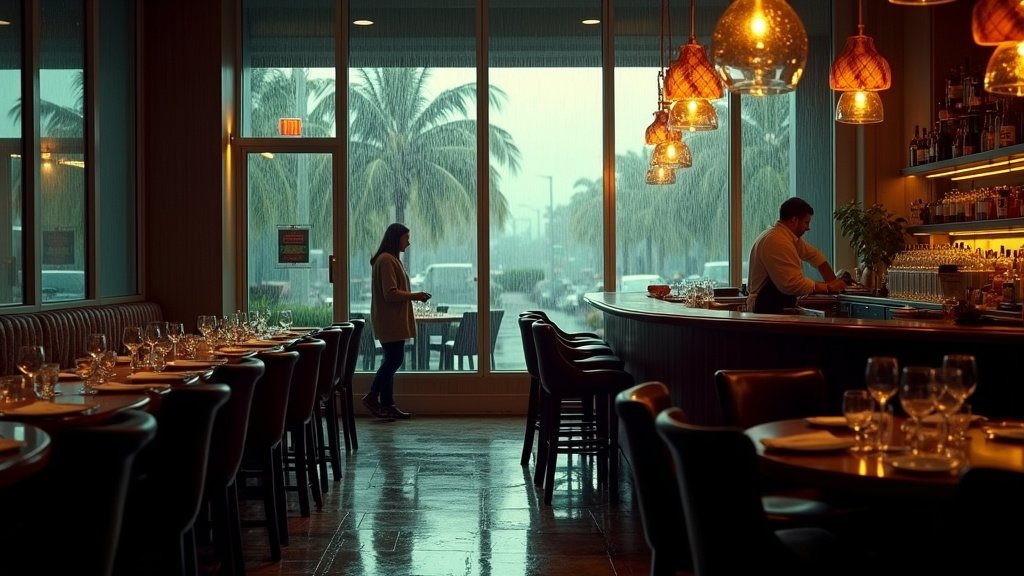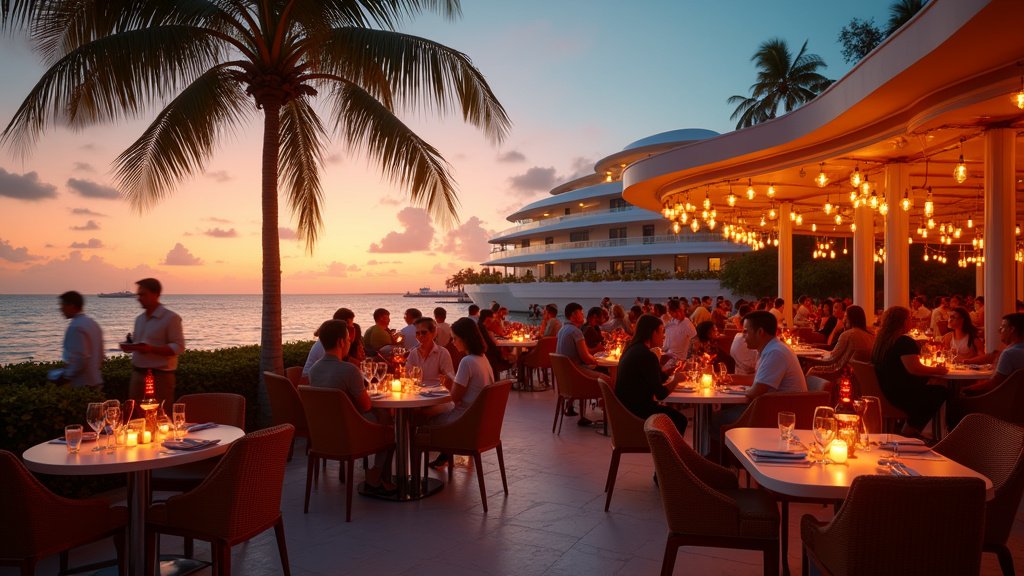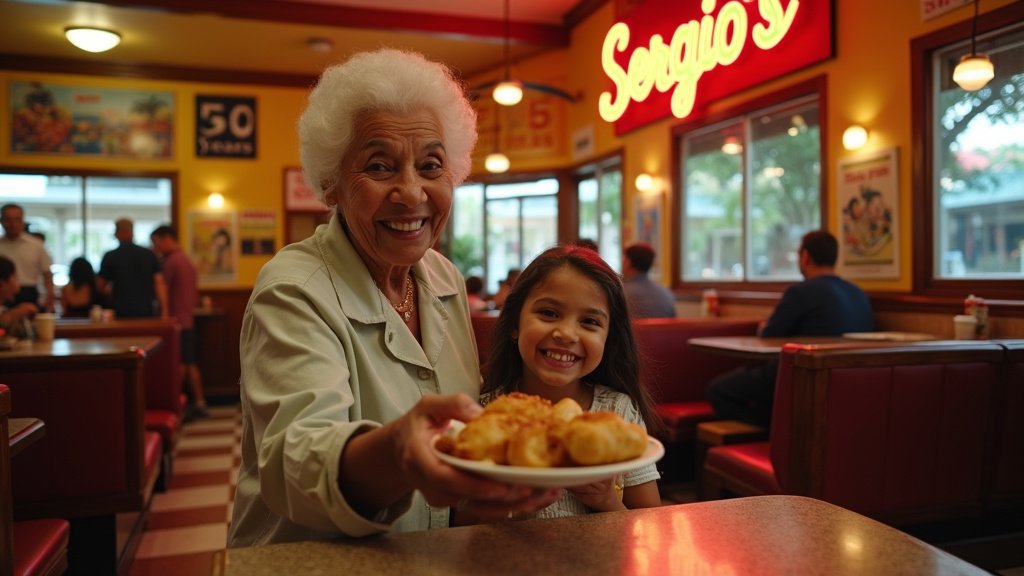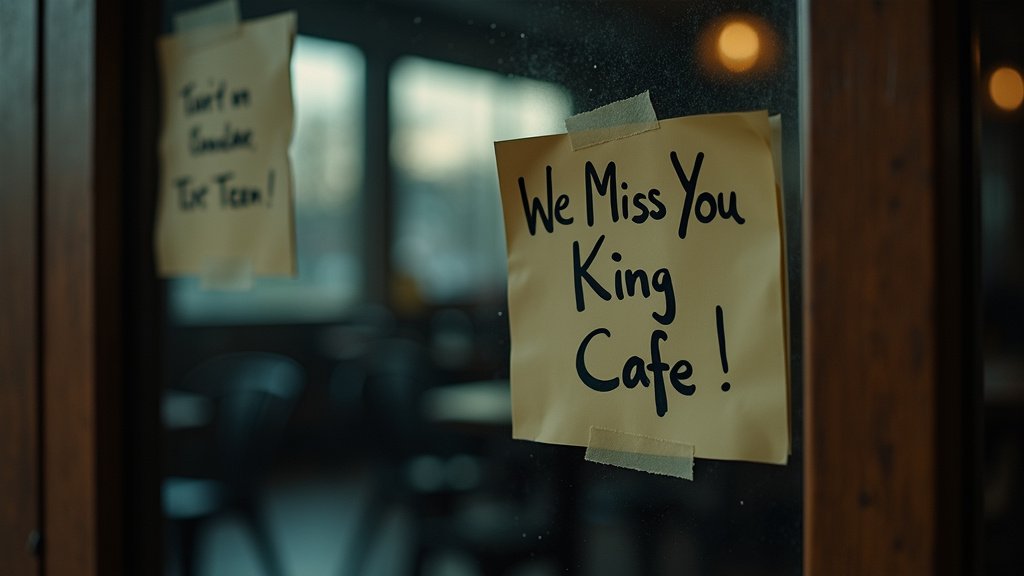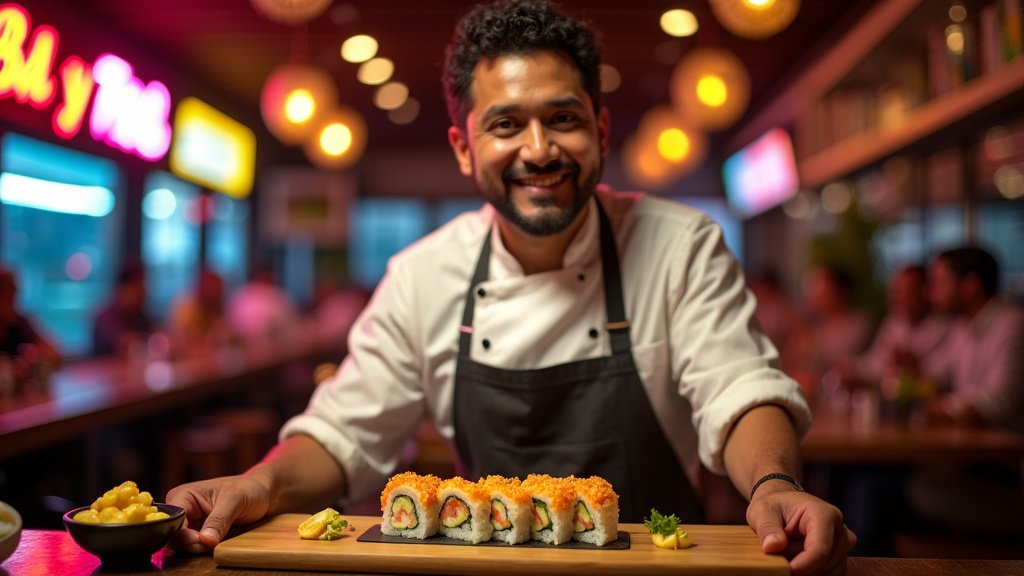Miami Restaurants Face Unprecedented Summer Challenges
Miami’s vibrant culinary scene is weathering an exceptionally difficult summer in 2025, marked by a confluence of adverse conditions that are severely impacting restaurant operations. A combination of factors, including extreme heat, frequent thunderstorms, and a notable decrease in tourist activity, has created a challenging environment for businesses across the city. This downturn has translated into a sharp decline in both reservations and overall foot traffic, leaving many restaurant owners grappling with how to navigate these unprecedented circumstances.
The situation is so dire that Kevin Rusk, owner of Titanic Brewery & Restaurant, a Miami institution, has characterized the current summer season as the toughest he has witnessed in his 28 years in the industry. This sentiment is echoed by other prominent figures in the Miami restaurant landscape, including Janice Buraschi of Pasta in Wynwood, who observed a stark emptiness on the streets, a clear indication of the reduced customer flow.
Impact Spreads Beyond Tourist Hubs
The impact of this challenging season extends beyond the traditional tourist hotspots. Even restaurants situated outside of the primary tourist zones, such as Finka Table & Tap in West Kendall, are experiencing a noticeable decline in business. This widespread impact underscores the severity of the situation and suggests that the issues are not isolated to specific locations or types of establishments. The consistent trend of reduced patronage across a broad spectrum of restaurant locations paints a clear picture of the overall market downturn.
Closures Signal Market Strain
The strain on the market is further evidenced by a series of restaurant closures across the city. Several high-profile establishments, including RedFarm, Sereia, Sardinia, and Tablé by Bachour, have been forced to shutter their doors. The loss of these restaurants represents not only the closure of beloved dining destinations but also highlights the significant financial pressures and operational difficulties that many businesses are currently facing.
Oversaturation and the Michelin Effect
One contributing factor to the current market instability is the nearing of oversaturation within the restaurant industry. The past few years have witnessed a surge in the opening of new restaurants, particularly following the arrival of the Michelin Guide in 2022. The increased number of dining options, coupled with the other aforementioned challenges, has intensified competition and placed greater pressure on individual establishments to maintain profitability and attract customers. The combination of increased supply and reduced demand has created a challenging environment for businesses.
Economic Pressures Add to Difficulties
The financial pressures facing Miami restaurants extend beyond the decline in customer traffic and increased competition. Several economic factors are exacerbating the challenges. Rising food costs, a significant expense for any restaurant, are squeezing profit margins. Similarly, the ever-increasing cost of insurance, necessary for operational safety and regulatory compliance, adds another layer of financial strain. Rent, often a substantial fixed expense, continues to climb in many parts of Miami, further increasing the overhead costs restaurants must manage.
Navigating a Challenging Future
The confluence of these issues creates a complex and daunting situation for restaurant owners throughout Miami. Balancing operational costs, adapting to unpredictable weather patterns, and attracting customers in a competitive market requires creative strategies and financial resilience. The ability of Miami restaurants to weather this challenging summer and thrive in the future will depend on their ability to adapt, innovate, and find ways to effectively manage the pressures they face. The downturn in business is a sobering reality for a city known for its vibrant culinary scene and highlights the need for businesses to strategize and implement innovative solutions to overcome the economic hardships.
The long-term impact of these conditions is still unfolding, but the struggles faced by restaurants in the city during the summer of 2025 serve as a stark reminder of the inherent volatility of the industry, and the critical need for vigilance, adaptability, and a robust business plan.

